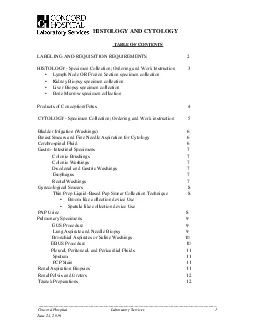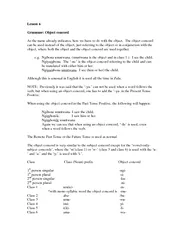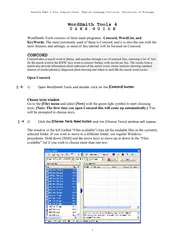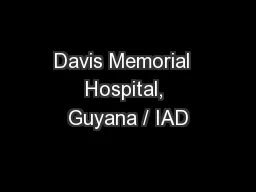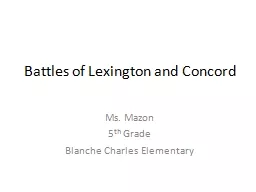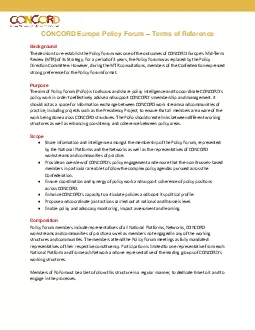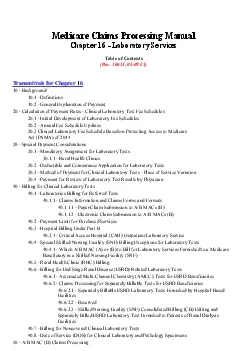PDF-Concord Hospital Laboratory Services 1 June 24 2019 HISTOLO
Author : trinity | Published Date : 2021-09-28
Concord Hospital Laboratory Services 2 June 24 2019 HISTOLOGY AND CYTOLOGY Specimen Labeling and Requisitions Requirements Specimens will not be processed unless
Presentation Embed Code
Download Presentation
Download Presentation The PPT/PDF document "Concord Hospital Laboratory Services ..." is the property of its rightful owner. Permission is granted to download and print the materials on this website for personal, non-commercial use only, and to display it on your personal computer provided you do not modify the materials and that you retain all copyright notices contained in the materials. By downloading content from our website, you accept the terms of this agreement.
Concord Hospital Laboratory Services 1 June 24 2019 HISTOLO: Transcript
Download Rules Of Document
"Concord Hospital Laboratory Services 1 June 24 2019 HISTOLO"The content belongs to its owner. You may download and print it for personal use, without modification, and keep all copyright notices. By downloading, you agree to these terms.
Related Documents

